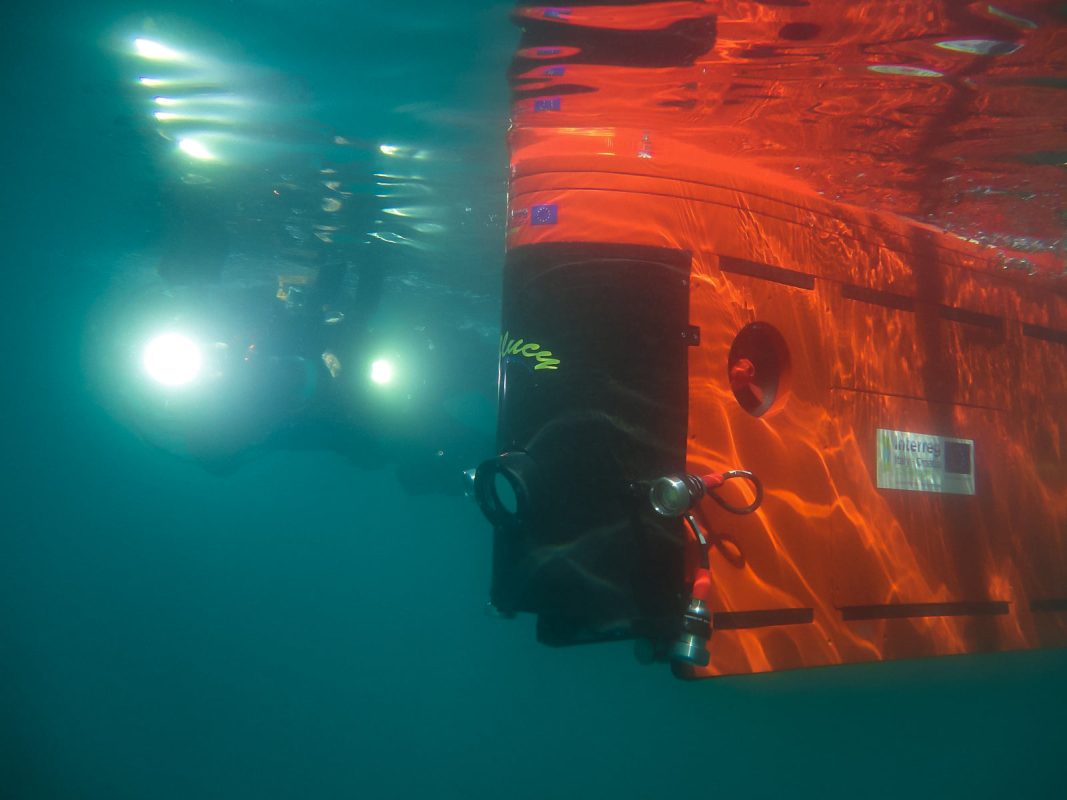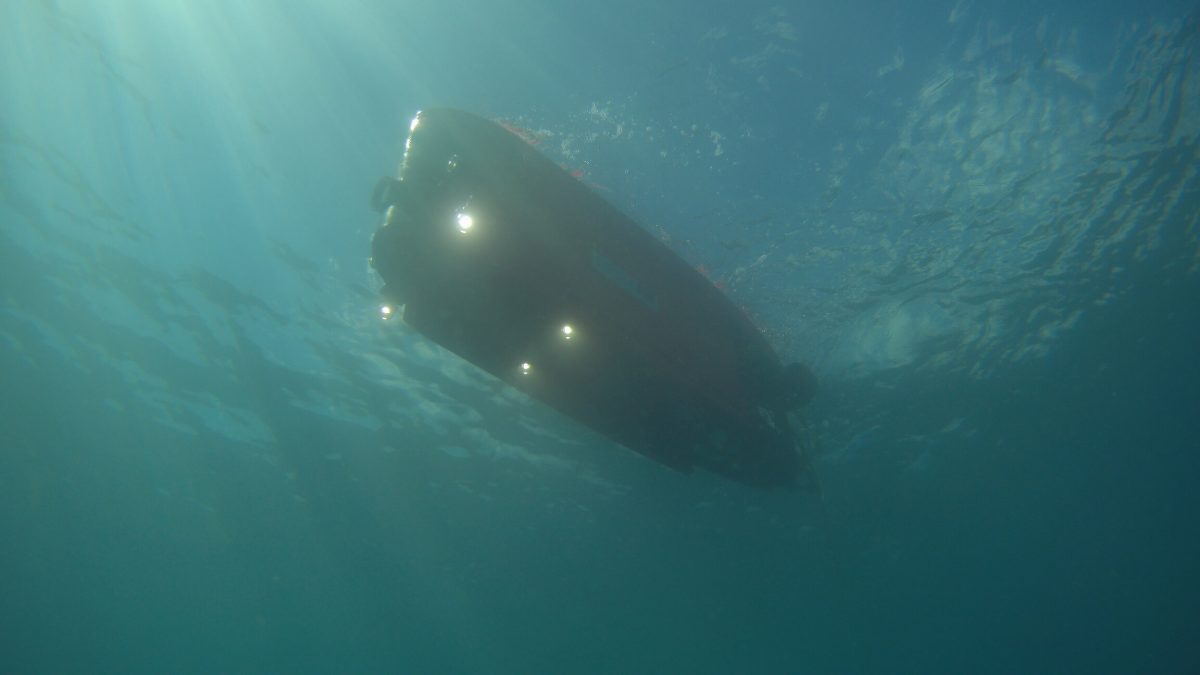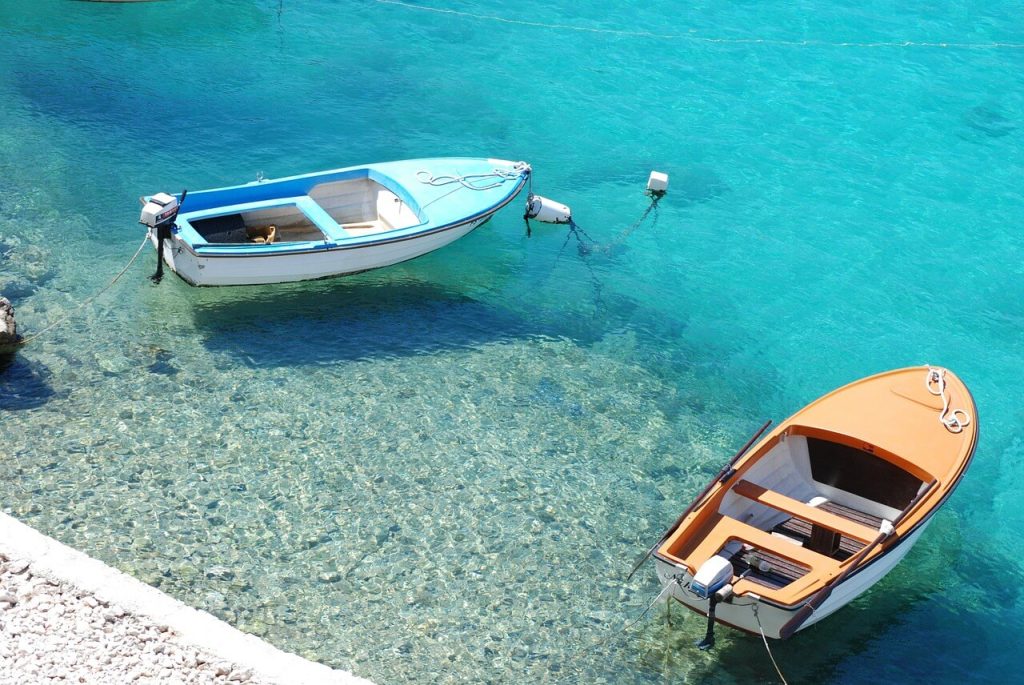The Adriatic Sea boasts one of the highest productivity and biodiversity, but it is also significantly influenced by human activities such as fishing, aquaculture, and tourism. Scientific research and monitoring of fish communities have been conducted for decades. Still, the depth of fauna has been poorly researched, and fishing regulation measures apply to the shallower areas of the Adriatic, where fishing mostly takes place, reports Dalmacija Danas.
Existing knowledge of the sea has been consolidated by many years of research in areas up to 50 meters deep. On the other hand, a better understanding of the observed habitats is essential due to the greater effectiveness of existing protection measures and new conservation measures based on scientific evidence. That is why it is imperative to monitor the state of marine ecosystems and conduct research in a non-invasive way because traditional tools (brakes and divers) have limitations. The number of dives per day is limited, and diving at depths greater than 40 meters is dangerous. At the same time, trawls are extremely indiscriminate because they affect almost all organisms on the route during the retreat.

Udruga Sunce
Therefore, to preserve the Adriatic and develop non-invasive methods of marine monitoring, Split-Dalmatia County, with partners the Sunce Association and the Institute of Oceanography and Fisheries (IZOR), joined the SUSHI DROP project (Sustainable Fisheries with DROnes Data Processing), which, after two years of work, in cooperation with Italian partners, was completed. The project’s total value was 1,714,847.50 EUR, and it was financed through the EU program Interreg Italy – Croatia.
During the project, a survey was conducted among key stakeholders to confirm that they are well aware of the existence and importance of using non-invasive technological solutions. Then, in the Split channel, marine habitat sampling was carried out to collect data on the state of benthic communities using various methodologies: conventional hut survey was conducted by IZOR, the Sunce Association conducted diver sampling, and drone sampling was conducted in cooperation with Croatian and Italian partners. The results obtained by different methods regarding the quality of the collected data were compared, as well as the amount of time and resources invested. It was confirmed that the drone could significantly contribute to data collection and determining the situation in research. Depending on the goal and purpose of the research, it may be the only method, or it may be used as an additional technology. The advantages of using drones are the reduction of risks associated with the work of divers, the accuracy of the calculation of the abundance index of marine organisms, and the ability to assess biodiversity at depth.

Udruga Sunce
All data collected by traditional methods and drones are available on the Geographic Information System (GIS) – an open-access database created in the project’s final phase and open to scientists, researchers, non-governmental organizations, entities involved in the blue economy, and decision-makers.
Since the underwater drone can only obtain data on the current state of the study area, it will gain importance only after a long period of monitoring the set parameters. It can be used to monitor the condition of Posidonia meadows, coral extinction due to temperature, and climate change. It allows the collection of data to create detailed 3D views of the study area, which helps to explore the seabed and the reef. Also, the advantage of exploring the sea by underwater drone is that the exact boundaries of individual habitats could potentially be defined.
The SUSHI DROP project also resulted in a proposal of possible measures to protect biological diversity in the considered habitats, taking into account socio-economic factors. It is advisable to modify fishing equipment and techniques to reduce by-catches, increase the number of fish species for which assessments are made, establish and harmonize national administrations for all significant fishing areas and monitor climate change more closely. Among the recommendations are the diversification of fishing activities, the application of branding, and the certification of products obtained from the sea to improve their quality and increase value.
It is also essential to promote an approach based on joint decision-making in fisheries and environmental protection, involving all relevant stakeholders: fishers, NGOs, and decision-makers. Only a common approach can establish long-term sustainable fisheries in a preserved marine ecosystem and promote good practices and working methods to reduce human pressure on the marine environment.
To read more about lifestyle in Croatia, follow TCN’s dedicated page.









